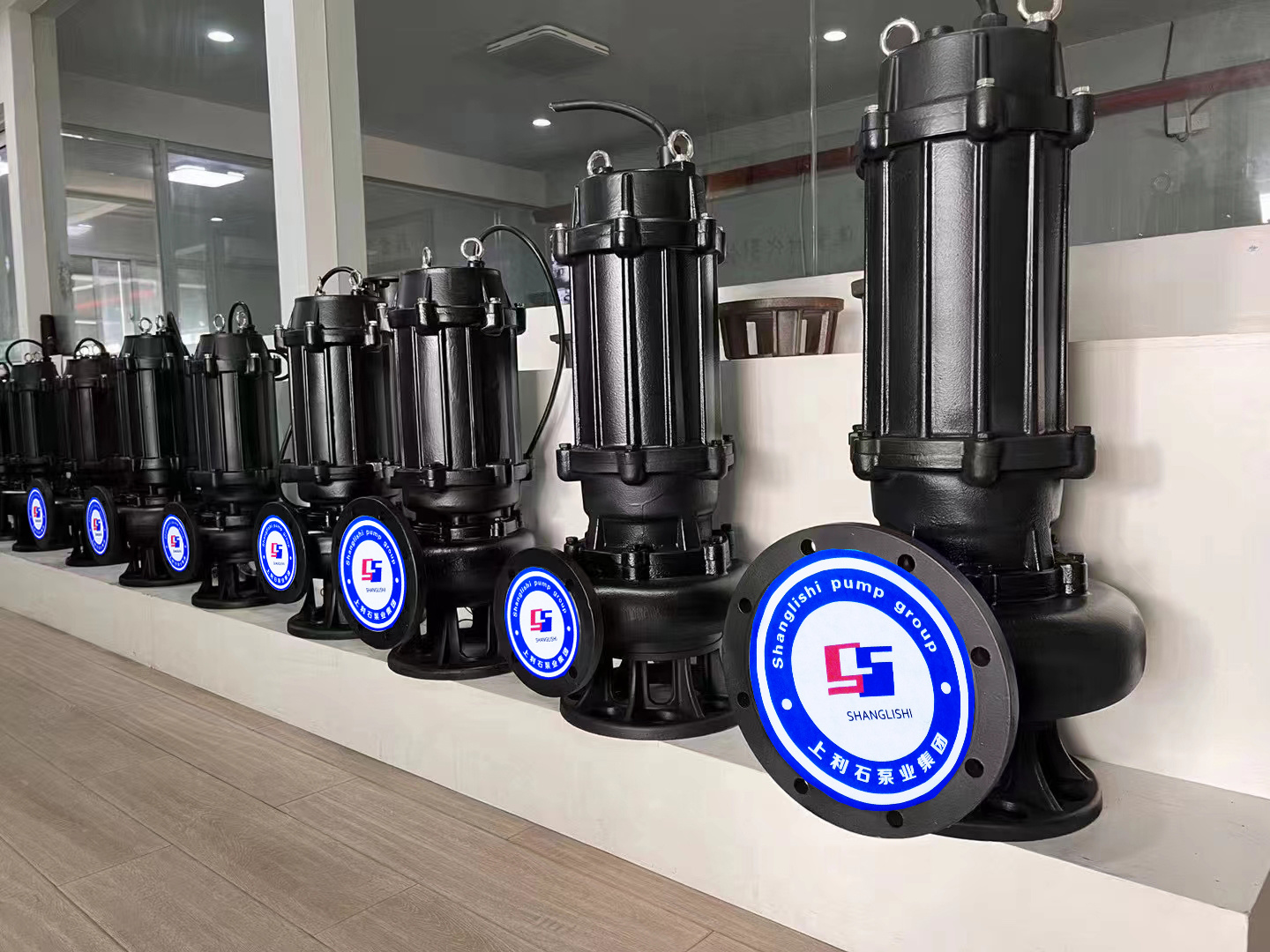Submersible Sewage Pump Buying Guide
Published:
Sep 13,2024

Submersible sewage pumps can be referred to as "submersible sewage pumps". Choosing a suitable submersible sewage pump requires comprehensive consideration of multiple factors: usage requirements, parameters and operation modes, etc.
I.Understand the needs
1. Determine the use occasion:
Submersible sewage pumps are widely used in septic tanks, fish ponds, sewage treatment plants and other occasions. First, clarify the specific environment in which the pump will be used, which helps to determine the performance requirements and material requirements of the pump.
2. Determine the flow rate and head:
The flow rate is the volume of water discharged by the pump per unit time, and the head is the height to which the pump can lift the water. According to actual needs, determine the required flow rate and head range to ensure that the pump can meet the drainage requirements.
3. Consider water quality characteristics:
The impurity content, corrosiveness, pH value and other factors in sewage will affect the selection of pumps. For example, the pump body that transports corrosive wastewater should be made of stainless steel corrosion-resistant material.
II,Select parameters
1. Caliber: The caliber of the submersible sewage pump determines its performance indicators such as flow rate and head. Generally speaking, the larger the caliber, the greater the flow rate and head. Choose the appropriate caliber according to actual needs.
2. Power: Power is the energy consumed by the pump per unit time, which directly affects the drainage capacity and efficiency of the pump. According to the required flow and head, select the appropriate power to ensure that the pump can meet the demand and is not overloaded.
3. Speed: The speed is the rotation speed of the pump per minute, which affects the performance and noise level of the pump. Generally speaking, the higher the speed, the better the performance of the pump, but it will also increase noise and vibration. Choose the appropriate speed according to the actual situation.
4. Material: The material of the submersible sewage pump should have good corrosion resistance and wear resistance. Common materials include stainless steel, cast iron, etc. Choose the appropriate material according to the water quality characteristics and the use environment.
5. Protection level: The protection level reflects the sealing and waterproof performance of the pump. Generally speaking, the higher the protection level, the better the performance of the pump, but it will also increase the manufacturing cost. Choose the appropriate protection level according to actual needs.
III. Consider other factors
1. Operation mode:
The operation mode of the submersible sewage pump includes automatic control and manual control. The automatic control mode can automatically adjust the operating state of the pump according to the actual working conditions to achieve the purpose of energy saving and emission reduction; the manual control mode requires manual operation. Choose the appropriate operation mode according to the actual situation.

2. Water discharge method:
Submersible sewage pumps have two water discharge methods: vertical discharge and horizontal discharge. Choose the appropriate water discharge method according to actual needs.
3. Impeller type:
The impeller type also affects the performance of the pump. Closed impellers are suitable for conveying sewage containing impurities and silt; open impellers are suitable for conveying clean water and corrosive liquids; semi-open impellers are suitable for conveying sewage containing a small amount of impurities and silt. Choose the appropriate impeller type according to the water quality characteristics.
Keyword:
SHANGLISHI PUMP GROUP
Department Director: Ms. Wang
Tel: +86-311-82725800/82725629
Email: admin@sls-pump.com
WhatsApp: +86 15203151828
Mobile Website

Mobile Website
Copyright © 2022 SHANGLISHI PUMP GROUP


